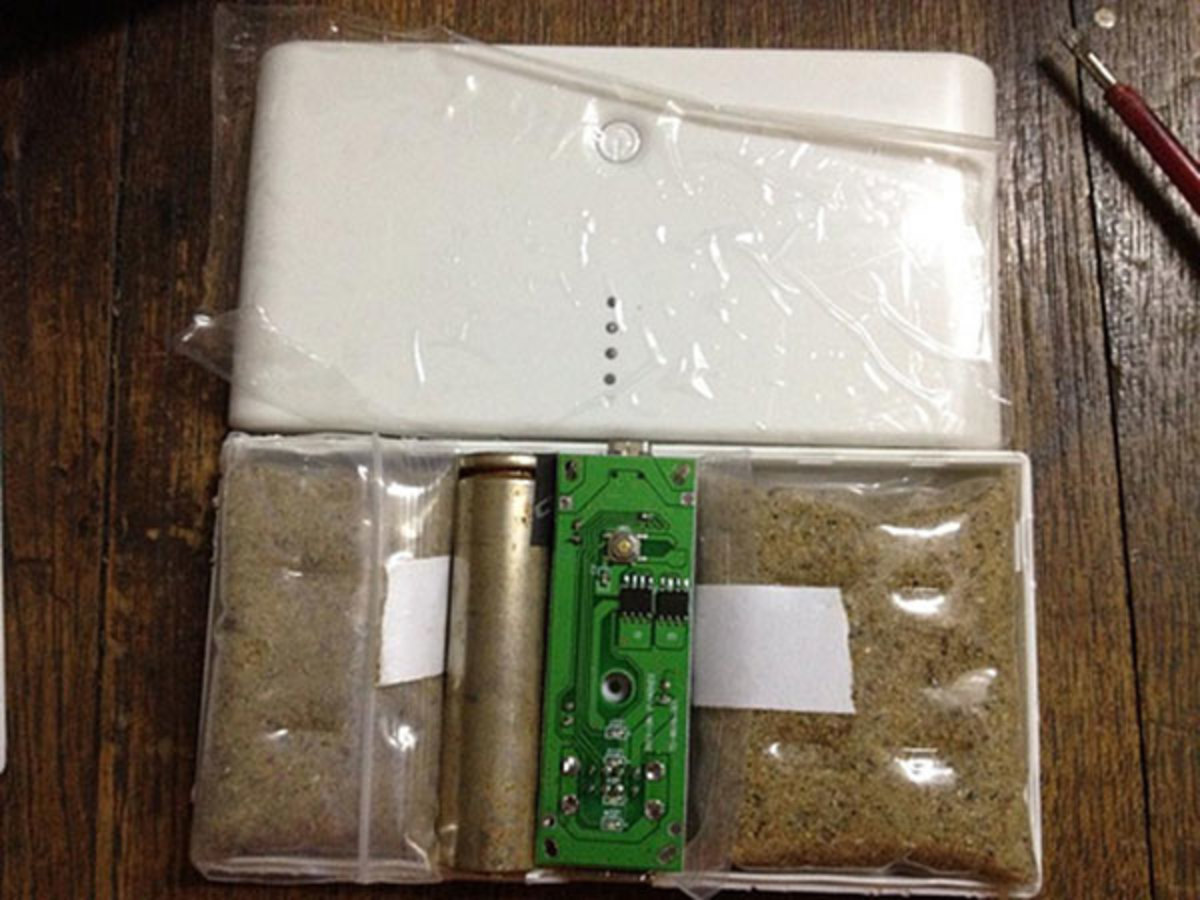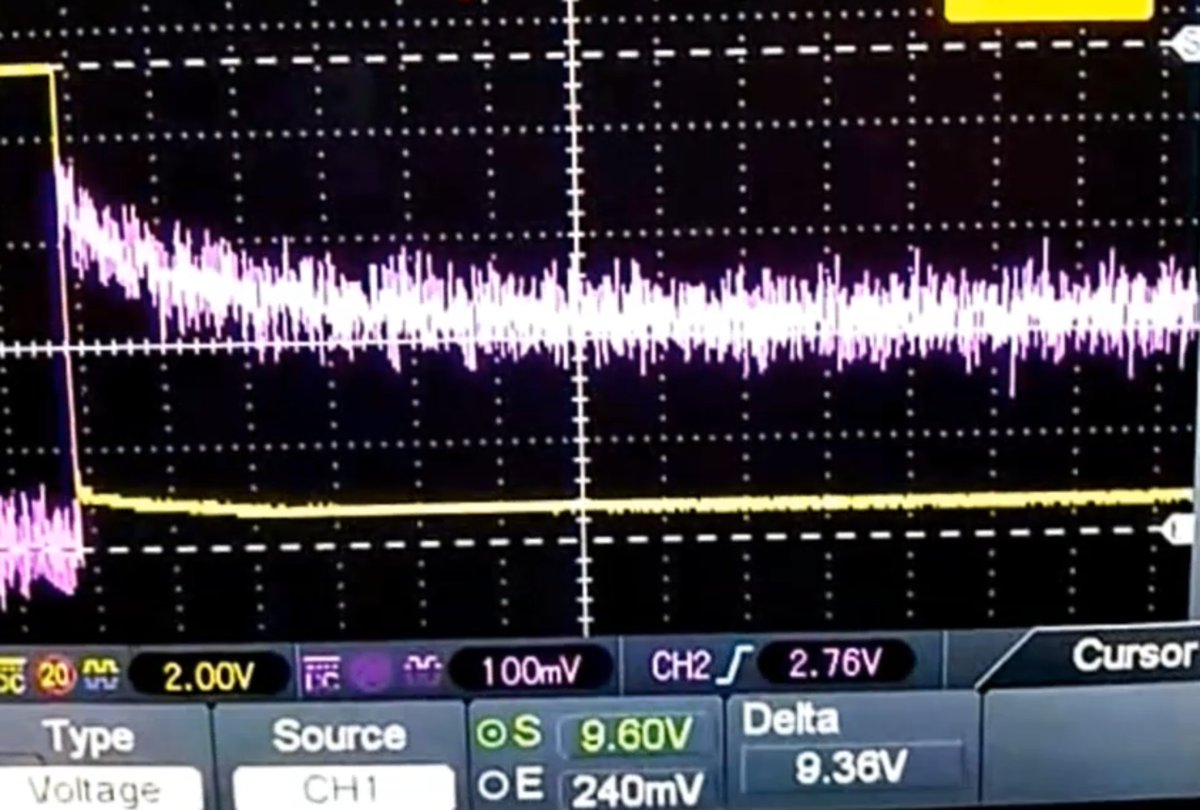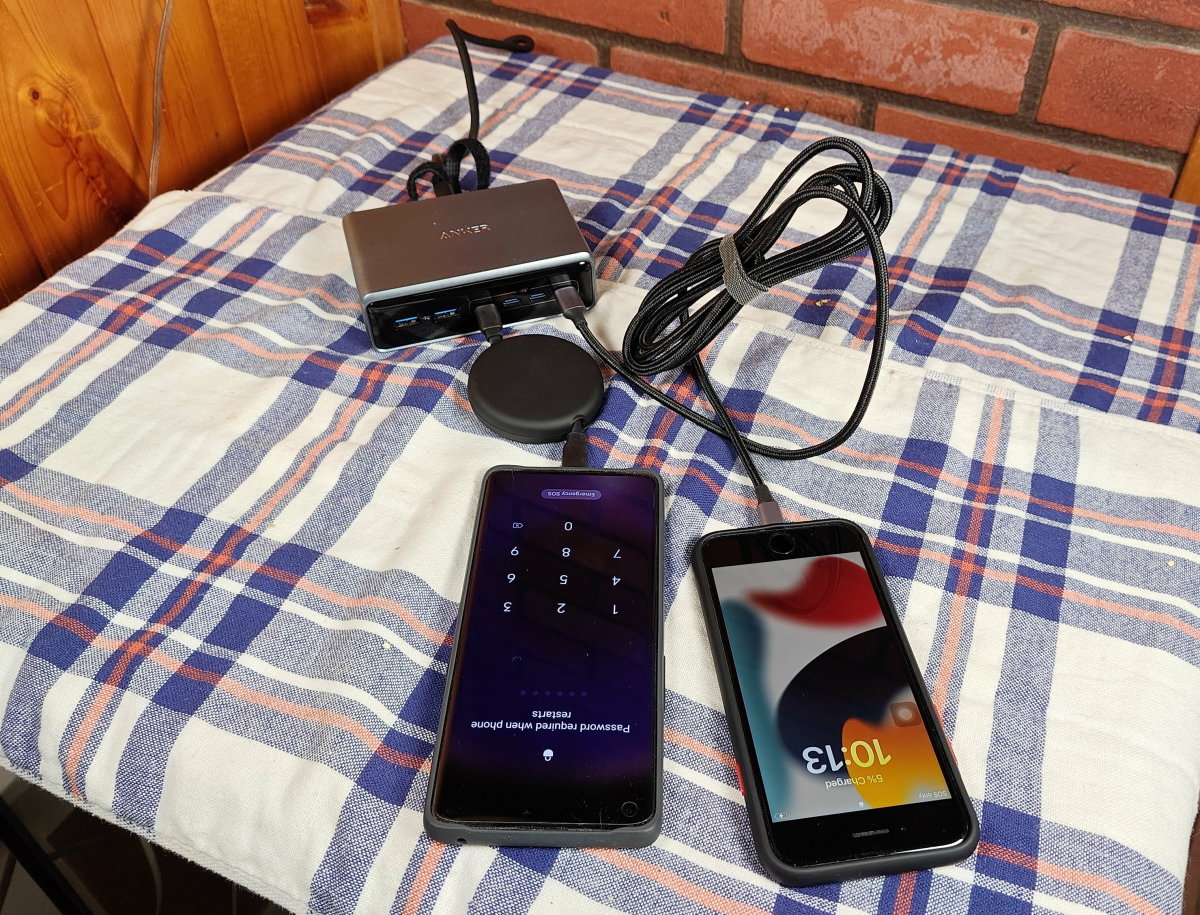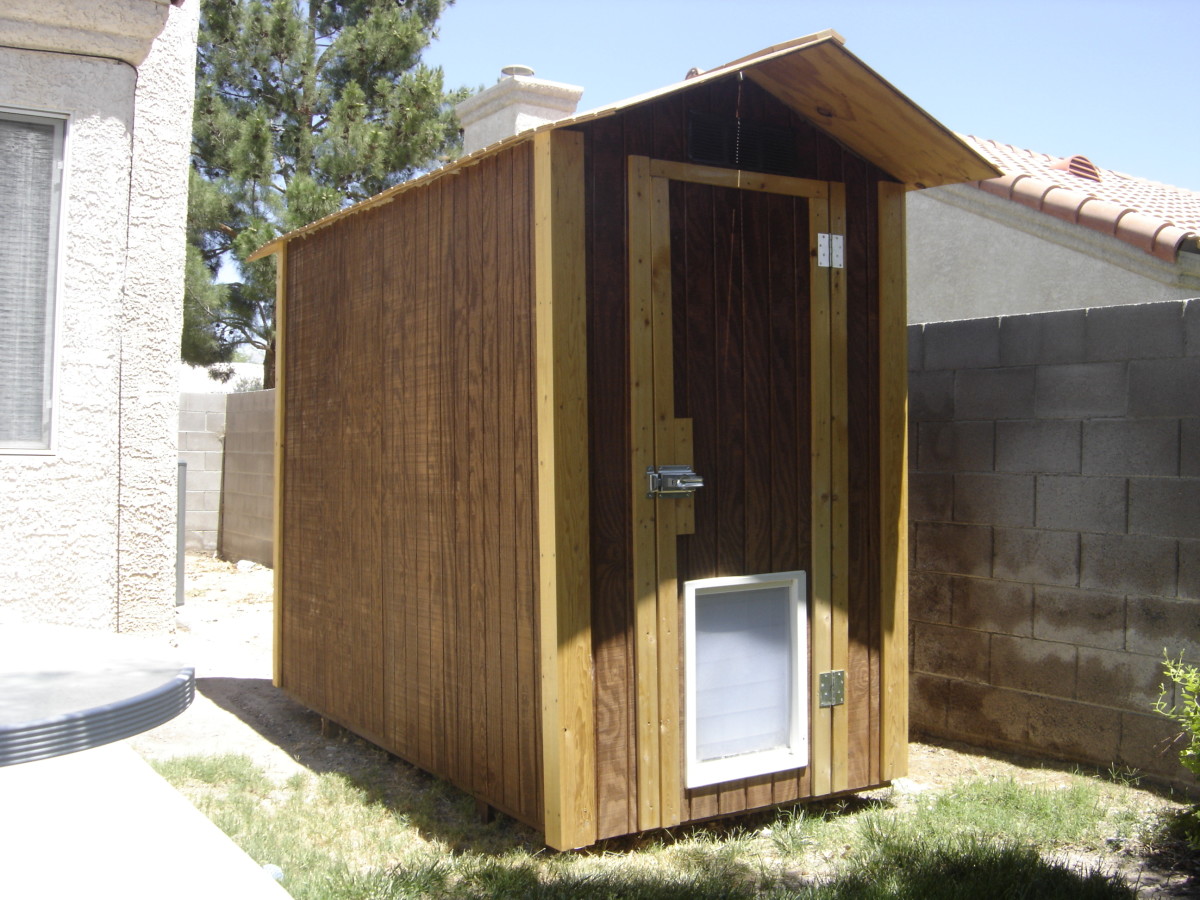RC Helicopters - How To Care For LiPo Batteries

If there is one thing that has helped the hobby of flying RC helicopters explode to its current popularity it has to be the develoment of the LiPo battery, largely as the result of the drive to produce small light rechargeable power sources for the mobile phone industry. With not only their size and weight characteristics but also their power output and storage capacity being very favourable for use in RC flying models, where the power to weight ration is so critical, everything was set for electric powered models to make huge strides forward. Whilst the only viable power source had been nitro/gas engines the hobby was always going to remain limited to the more serious enthusiasts, largely because of the generally perceived difficulty, messiness and expense of these models. Furthermore, the required size and noise of these models restricted when and where they could be used. With the rise of the LiPo battery the way was paved for electric powered RC helicopters and planes to rise to the fore and make the hobby much more widely accessible. Once radio controlled helicopters were able to enter the toy market the real surge in interest in the hobby side inevitably followed and from that rise in popularity we have seen not only a much wider range of manufacturers in the market but also manufacturers who have the financial means to invest in driving technological developments forward whilst dropping the prices of advanced products still further for the consumer. So the benefits of the advent of the LiPo battery have been wide ranging for the RC helicopter hobby.
This is the performance it is capable of:
And can produce speeds in excess of 200 kmh (this was filmed in Sept 2010 and has been well exceeded now). Note that it is electric helicopters not nitro that are now producing the speed records).
But equally amazing is the incredible performance that can be achieved in palm sized helicopters thanks to modern micro-processor technology and the development of very small light-weight LiPo batteries:
However, in order to maintain this level of performance for more than a few charges LiPo batteries must be cared for correctly. This is not difficult and just requires a few basic guidelines to be followed, as outlined below. This is all based on a little simple knowledge of LiPo technology, which I will explain along the way so that you can understand the reasons why these processes have to be adhered to.
One of the first things to get clear in your mind is that LiPo batteries do not like heat. Heat is caused by various things including over-charging (exceeding 4.2 volts per cell), draining the battery (dropping below 3 volts per cell), working the cell too hard (placing a load on the LiPo in excess of its discharge rate) and internal resistance (this will naturally increase as the cell ages but there are various other factors that can cause this also).
It is most important that you chose LiPo's carefully so that they are correctly matched with both the model you are using (correct voltage/number of cells for the motor/ESC of the model) and for the purpose that you are going to use it (if you are flying hard 3D you will need LiPo's with a much higher discharge rate than if you are only flying scale or light sports style). For more information on chosing the right Lipo's see RC Helicopters: What You Need To Know About LiPo's and LiPo Basics.
So, assuming that you have chosen the correct LiPo's how do we use and care for them so that we get the best out of them in terms of performance and lifespan?
First of all, do not over discharge them. Never run them to a standstill. As they run down the voltage drops and the internal temperature rises, with 3 volts per cell being the critical point at which they become overheated and potentially damaged. Often quoted is the 20% golden rule. That is, you should always have 20% of the LiPo’s capacity remaining at the end of the flight (Sometimes you will see this written as the 80% rule – obviously this being that you should not drain more than 80% of the capacity). So a 2200mAh pack should always have a minimum of 440mAh remaining. A good digital charger will show you these figures. If you hook it up after a flight it will give you the capacity remaining in the pack and you can also read the voltage of each individual cell. Alternatively you can measure the voltage of the whole pack with a digital voltage meter. Look for reading of more than 3.75 volts per cell (ie 3.75 x the number of cells in the LiPo pack). So that would be 11.25v for a 3S pack.
Conversely, at the other end of the scale you should never overcharge a LiPo. A 3.7 volt per cell LiPo is fully charged when it reaches 4.2 volts. Beyond this again it will overheat, shortening its lifespan and potentially they can set alight as the electrolytes they contain are volatile. A good quality charger which measure this and you will be safe so long as you set the correct number of cells or voltage on the charger (the correct voltage to select will be 3.7 x the number of cells in the LiPo pack).
It is also important to get the charge rate correct in order to maximize the life of your LiPo’s. Until recently this was always no more than the capacity of the LiPo (So a 2200mAh LiPo could be safely charged at a current of 2200mA). Now an increasing number of manufacturers are indicating that better quality packs can be charged at rates of 2-3 times the capacity or even more in some cases. The best advice here is to follow the advice given by the manufacturers of the brand that you purchase. The advantage of course of charging at a higher rate (current) is that the pack charges quicker; which equals less waiting time and more flying time.
Next it is important to balance a pack after charging. This ensures that every cell in a multi-cell pack has the same voltage. Your charger reads the total voltage across the whole pack, so that if it is set to charge a 3 cell pack it will stop charging when the voltage reaches 12.6 volts (3 x 4.2 volts). Now obviously that does not mean that each cell has 4.2 volts. One cell could have charged faster than the other two and have reached a higher voltage, and as discussed above it is critical that a cell does not get charged beyond 4.2 volts. Therefore, the pack should be balanced using a balance board, or today many better quality charges have a balance socket so that this can be done whilst charging. Alternatively, you can use a ‘blinky balancer’ which you can purchase separately if your charger does not have the facility. Cheaper balance charges achieve the same effect through charging through the balance plug on the LiPo, but as this has narrow gauge wire only capable of taking a low current charging has to take place more slowly.
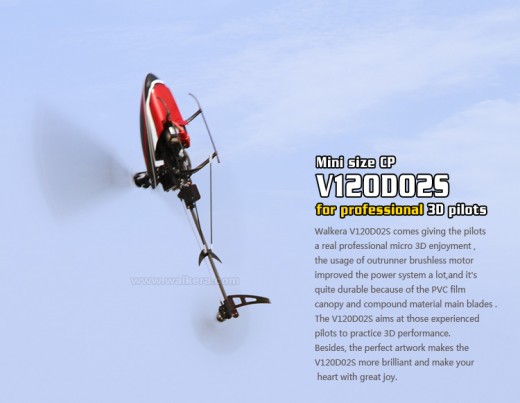
- WALKERA V120D02S Flybarless 6 channel Mini 3D RC Helicopter
The Amazing Walkera V120D02S - This helicopter is just fun with no limits
Finally a word on safe charging. It is always stated that you should never leave a LiPo unattended whilst it is charging. Since this is not very practical to stand watching them the whole time the following safety precautions are recommended. Firstly, check your LiPo’s regularly until the charge cycle is complete and never leave the house (preferably stay in the same room) during this time. It would be courting disaster to leave them whilst you go out and likewise do not go to bed with them still on charge, even though you know your charger will stop when they are completely charged. Charge your batteries in a fireproof container. The purchase of charging bags is highly recommended. Preferably charge your LiPo’s in a room fitted with a smoke alarm. Or even better buy one especially to site above where you recharge your batteries.
Look after your LiPo’s and they will repay you with good sustained performance over a long period of time. Charge safely and you will enjoy many years of flying.
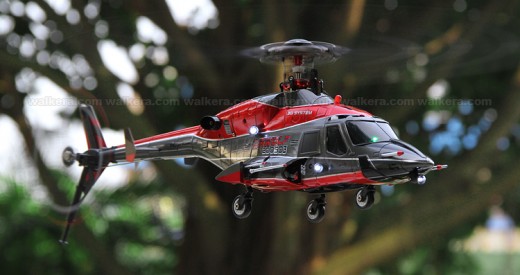
All the RC helicopters featured in this article can be found at The World of RC Helicopters And Cars if you want further information on any of them.
The author is a keen promoter of the hobbies of RC helicopters and RC cars. Further articles and much more information on the subject can be found at his website and blog.


